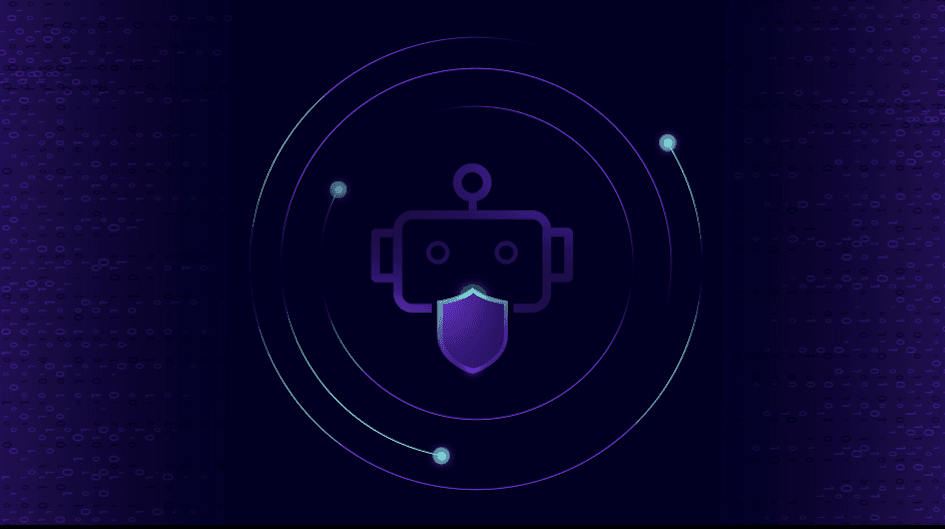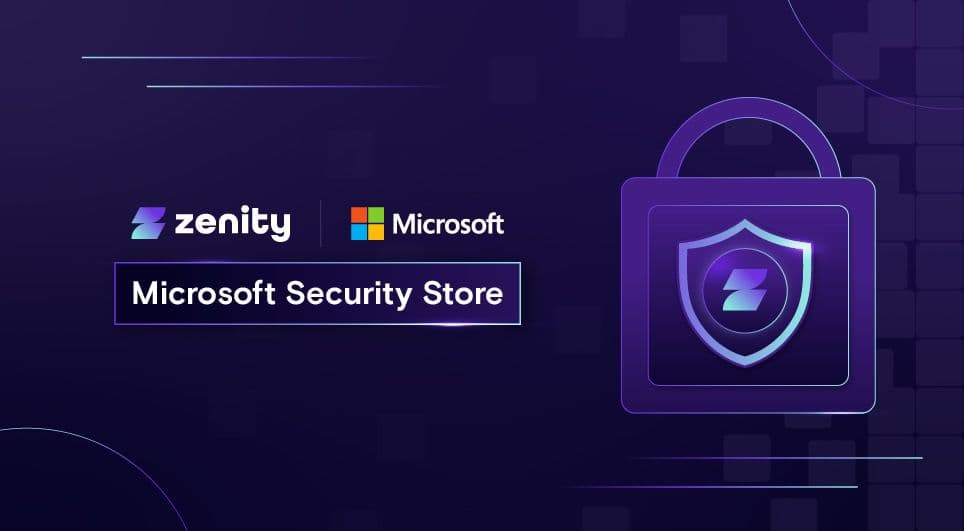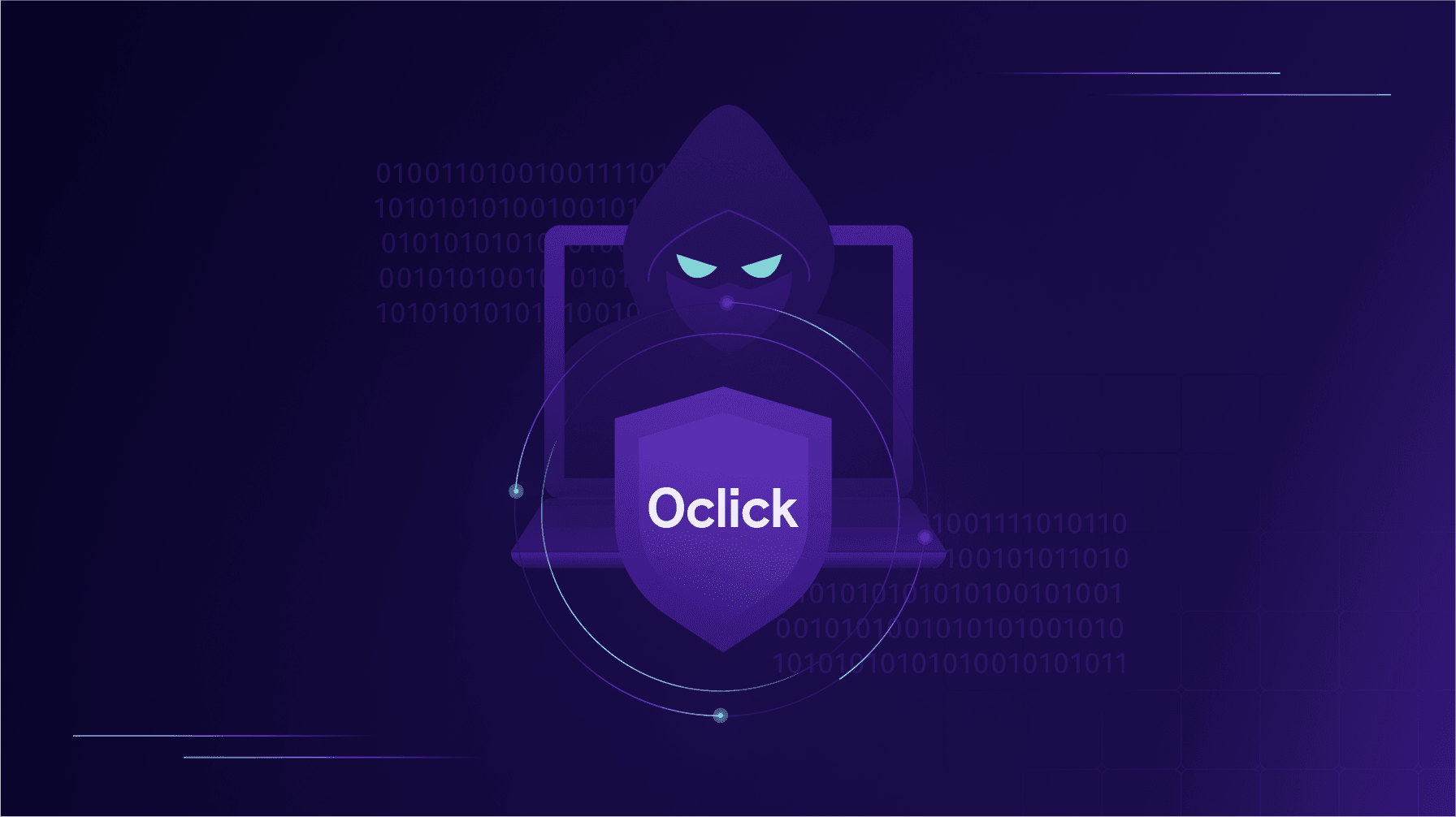Zenity CTO’s New Column Adds Critical Perspective on Citizen Development Security

Dark Reading is a great site to follow if you want to keep up with the latest IT security news and trends. You’ll find plenty of articles on topics like ransomware, supply chain security and insider threats.
But one type of security challenge that wasn’t previously covered in a lot of detail on Dark Reading – or on most IT media sites, for that matter – was the risk associated with “citizen development,” an increasingly popular practice within enterprises.
That’s why we’re proud to report that Michael Bargury, Zenity co-founder and CTO, recently became a regular contributor to Dark Reading. Michael will use his column to provide the site’s readers with the perspective of an IT security expert who thinks day in and day out about the challenges surrounding citizen development and related practices, such as low-code/no-code programming, robotic process automation and iPaaS.
Highlighting the citizen development security challenge
Michael’s first column on Dark Reading offers a detailed look at how enterprises are embracing citizen development, and how that practice can generate security risks.
Far from dismissing citizen development as something businesses should simply avoid, Michael explains why the trend – which allows non-technical users to implement the solutions they need without relying on the business’s development team – can be a boon to business productivity.
He goes on, however, to point out why a lack of visibility into citizen development initiatives can breed deep security challenges.
“Organizations can’t just opt out of citizen development,” Michael writes, which is why CISOs need to educate themselves starting today about how citizen development tools and projects enter business environments, and what it takes to keep them secure.
For the full dive into this topic, check out the article. And stay tuned to future Dark Reading columns from Michael exploring security trends and challenges on citizen development and other topics that haven’t traditionally been at the center of enterprise security conversations, but that increasingly need to be.
Related blog posts

Demystifying AI Agent Security
Let me be the first to say it, this space - AI agent security and governance - can be confusing. When I joined...

Zenity Joins the Microsoft Security Store: Securing AI Agents Everywhere, Together
We’re thrilled to share that Zenity is included in the unveiling of the Microsoft Security Store Partner Ecosystem....

0Click Attacks: When TTPs Resurface Across Platforms
If there’s one lesson security teams should take from recent disclosures, it’s this: AI agent attack techniques...
Secure Your Agents
We’d love to chat with you about how your team can secure and govern AI Agents everywhere.
Get a Demo